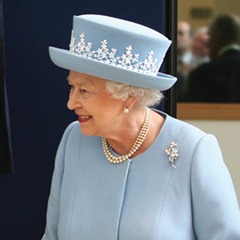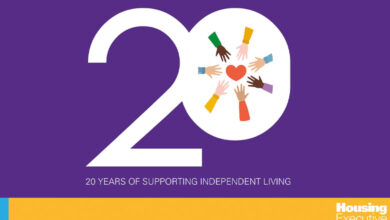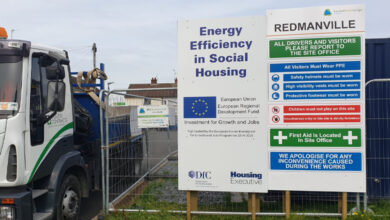Queen’s diamond jubilee visit
 It was not meant to be. Were it not for the monarchy’s only abdication in 1936, Princess Elizabeth would probably not have succeeded to the throne in February 1952. Likewise, not long ago, few would have predicted any encounter between the Queen (the British armed forces’ commander-in-chief) and the IRA’s former chief of staff. It is an indicator of Northern Ireland’s progress over the peace process, although despite the symbolism, the province’s deep sectarian divisions and the legacy of the Troubles remain unresolved.
It was not meant to be. Were it not for the monarchy’s only abdication in 1936, Princess Elizabeth would probably not have succeeded to the throne in February 1952. Likewise, not long ago, few would have predicted any encounter between the Queen (the British armed forces’ commander-in-chief) and the IRA’s former chief of staff. It is an indicator of Northern Ireland’s progress over the peace process, although despite the symbolism, the province’s deep sectarian divisions and the legacy of the Troubles remain unresolved.
The decision represents another strategic move for Sinn Féin, taking it firmly on to the SDLP’s constitutional ground. Niall Ó Donnghaile showed sensitivity by stepping aside as Belfast’s Lord Mayor in time for the diamond jubilee weekend. His party clearly has an eye on how this will play in the Republic after boycotting last year’s royal visit.
At the time of going to press, the Queen was paying her twentieth visit to Northern Ireland since the accession. The UK’s second diamond jubilee, after Queen Victoria in 1897, is unlikely to be seen again. The Queen attained this personal milestone as she took the throne at the age of 25.
She has been a constant in a reign which has seen sweeping changes (and often declines) in society, the economy and Britain’s place in the world.
Compared to 1952, the monarchy is less respected after a series of scandals reported enthusiastically by the tabloid press. Speculation will increasingly turn to the succession although the Queen may well live to see in her platinum jubilee, aged 95, in 2022.
As the empire dissolved, the post of Head of the Commonwealth became a particular priority for her. It now comprises 54 states, 16 of which retain her as monarch. The Queen has also publicly spoken up for the church’s relevance in modern UK life, as Defender of the Faith.
The jubilee was always going to be a unionist occasion and nationalist reaction was understandably muted. The Olympic torch run, which coincided in Northern Ireland with the bank holiday weekend, broadened out the festival atmosphere as both communities, and indeed both parts of the island, can be united by their sporting hopes.
Last year’s historic visit to the Republic cemented the warm personal friendship between the Queen and Mary McAleese and also affirmed the close relationship between the UK and Ireland.
Few unionists openly support a British republic, although the commentator Alex Kane has put forward an articulate case (agendaNi issue 31, page 102). Every political leader, up to the head of state, in his view, should be “elected and removable”.
Four members of the royal family have titles with Northern Ireland roots, most notably Prince William (Baron Carrickfergus) and Prince Andrew (Baron Killyleagh). The Duke of Kent’s grandson is Baron Downpatrick while the Duke of Gloucester’s son, Alexander Windsor, holds the grander title of Earl of Ulster.
Seasoned journalist John Humphrys’ career ambition of an interview with the Queen would be a major scoop, but protocol limits her to official speeches and occasional quotes. The silver jubilee address in 1977 came close to a political statement, when she suggested it was “a time to remind ourselves of the benefits which union has conferred”.
Addressing MLAs in 2002, she remarked that the Assembly “can meet the aspirations both of those who are proud to be British and those who feel a strong sense of Irish identity.” The Queen is said to have taken a close interest in the province over the years, and history will record our conflict and eventual peace as two of the most significant episodes in her long reign.





